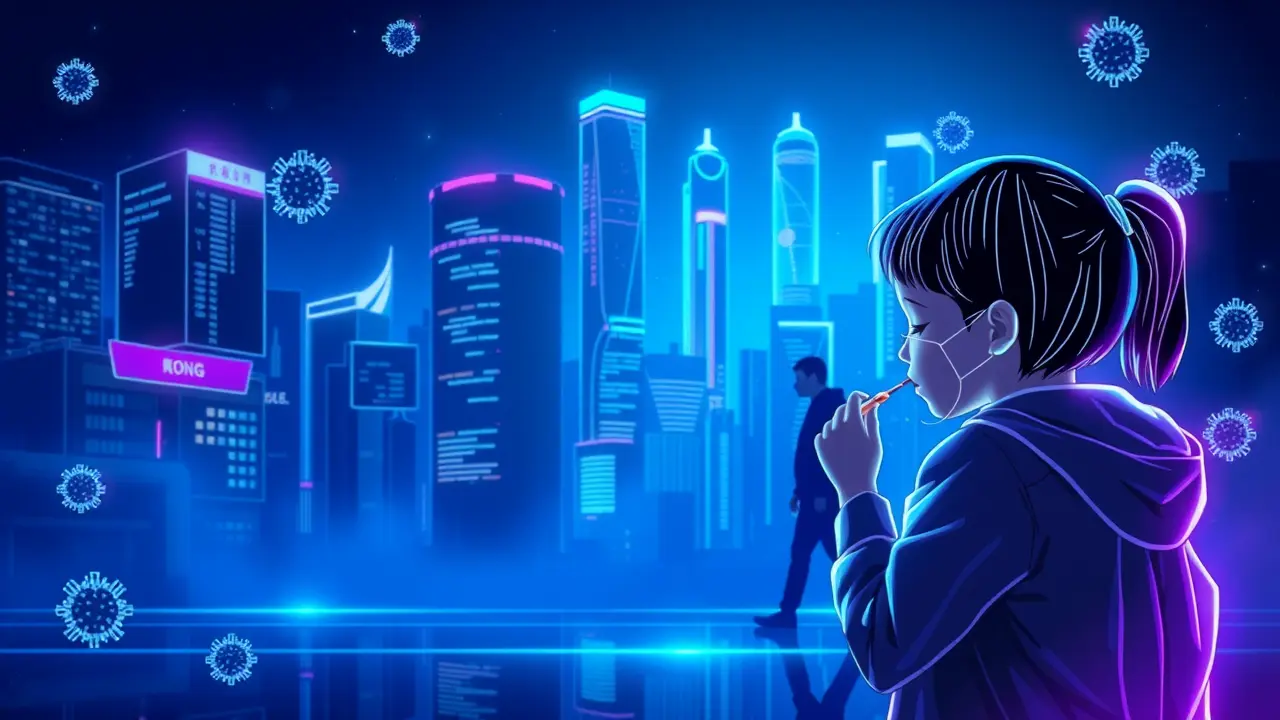Hong Kong Flu Types and Protection Guide
The tragic death of a 13-year-old girl from influenza over the weekend, a life cut short due to a lack of vaccination, has cast a stark, sobering light on the persistent public health crisis unfolding in Hong Kong. This isn't merely a statistic; it is a profound ecological and societal failure, a reminder that our battle against viral pathogens is as much about human behavior and systemic preparedness as it is about biology.Health experts, with the grim certainty of those who have seen this pattern before, warned on Tuesday that the existing flu season, a relentless wave of sickness, is expected to continue its sweep through the city's dense population centers well into November, urging the public to see vaccination not as an optional precaution but as a critical, communal responsibility. The influenza virus, in its ruthless efficiency, operates like an invasive species disrupting a delicate ecosystem; its different strains—Influenza A and B—circulate with seasonal predictability, yet their impact is magnified by the very environment we've created.Influenza B, often mistakenly perceived as the milder cousin to Influenza A, has demonstrated its own significant virulence, particularly in children and adolescents, with the Yamagata and Victoria lineages competing for dominance in a microscopic arms race that our immune systems are hard-pressed to track. The situation in Hong Kong mirrors a broader, global pattern of zoonotic diseases spilling over into human populations, a consequence of urban density, international travel, and the constant, intimate interface between humans, animals, and their shared environments, not unlike the conditions that gave rise to past pandemics.The data is unequivocal: vaccination remains the most powerful tool in our arsenal, a bulwark against severe complications like pneumonia and encephalitis, yet vaccine hesitancy and access issues create vulnerable pockets in the population, allowing the virus to gain a foothold and spread like a wildfire through dry tinder. Protection, therefore, extends beyond the individual; it is a collective shield built through high community uptake of vaccines, coupled with non-pharmaceutical interventions such as rigorous hand hygiene, the conscientious use of masks in crowded, poorly ventilated spaces, and staying home when symptomatic to break the chain of transmission.We must view this not through a lens of panic, but through one of sober, ecological stewardship—our health is inextricably linked to the health of our community, and every unprotected individual represents a potential node for the virus to mutate and evolve, threatening the entire herd's immunity. The conversation must shift from reactive fear to proactive, sustainable health practices, investing in public awareness campaigns that resonate with the same urgency as climate action, for the stakes are ultimately the same: the preservation of human life against a pervasive, environmental threat.
CH
Chloe Bennett123k2 days ago
this is so scary and so preventable smh it feels like a plot from a movie we all ignored
0
JA
Jamie Lowe123k2 days ago
but what if we're focusing too much on the vaccine and not enough on why people are hesitant in the first place tbh it feels like we're missing a huge part of the story
0
